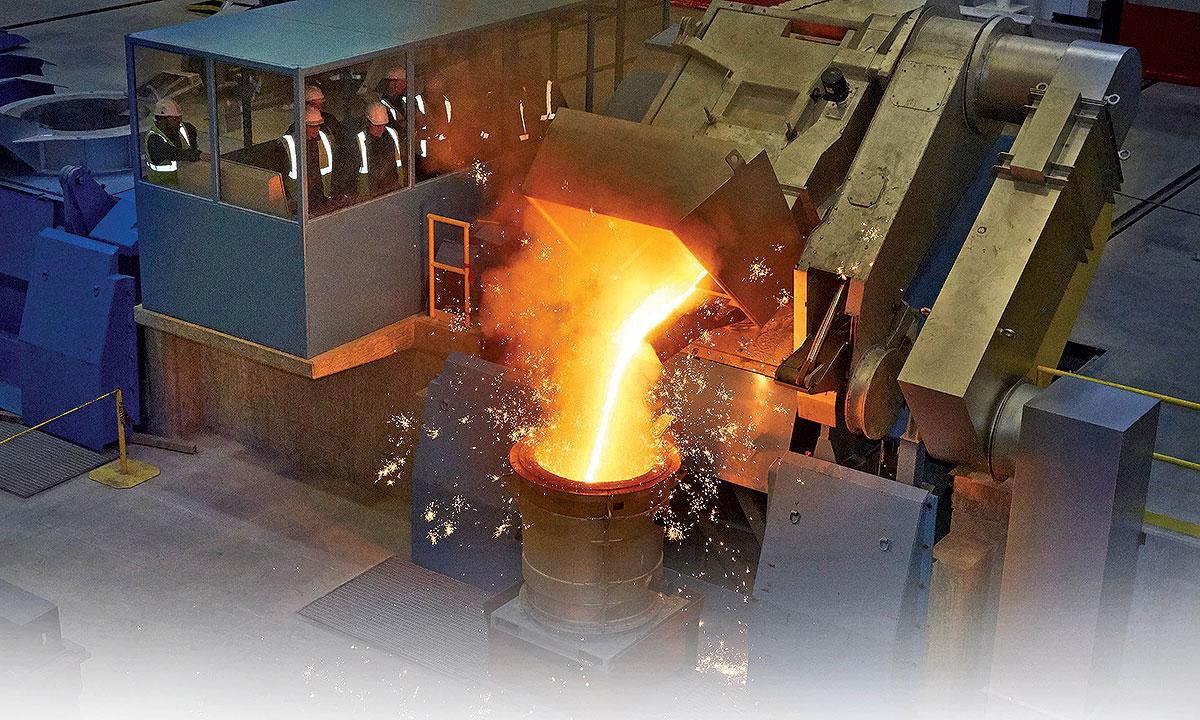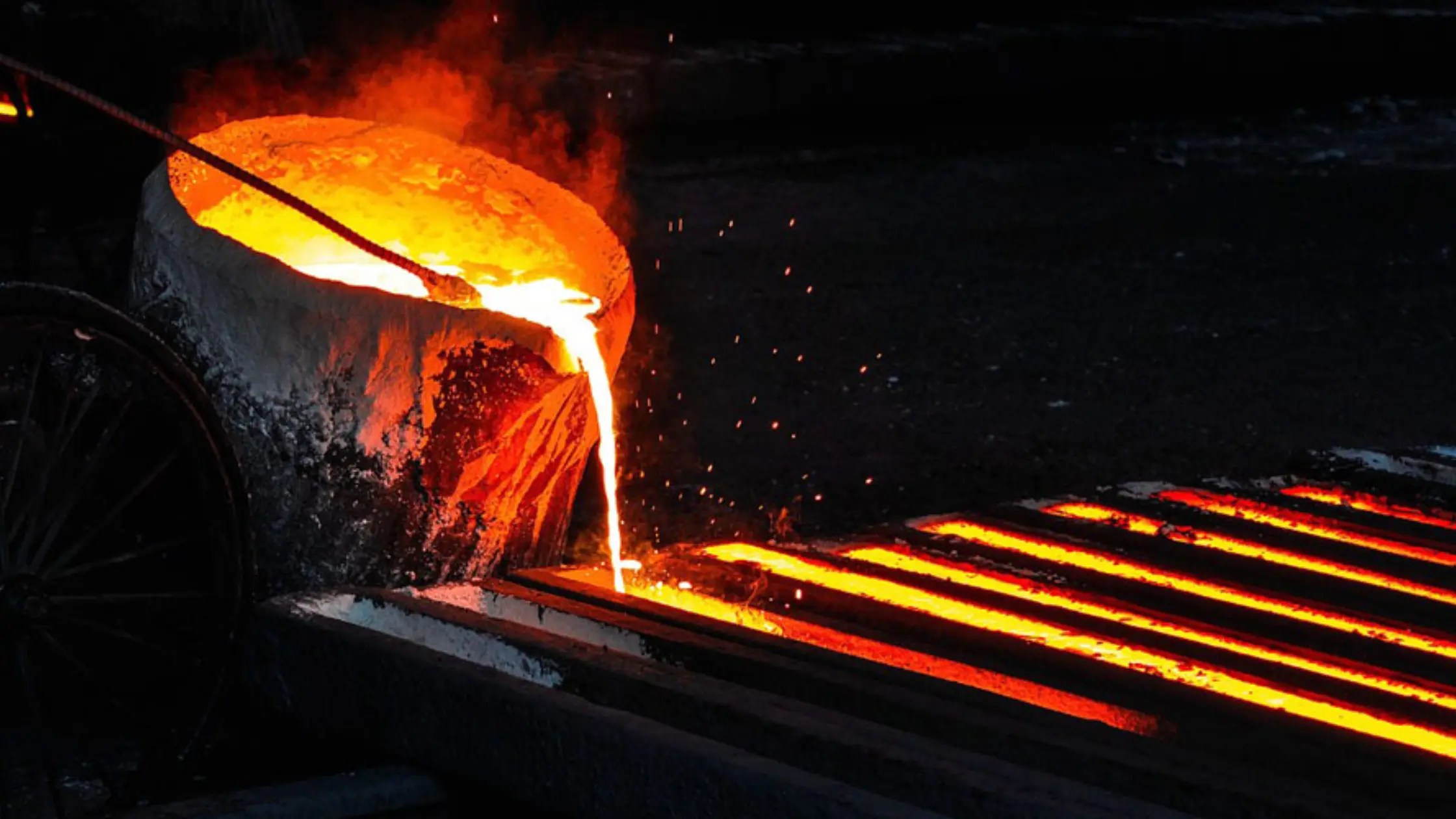Quick Overview into How a Metal Foundry Manufactures Durable Metal Components
Wiki Article
Recognizing Metal Casting Processes: Advancements and Fads in the Foundry Sector
The foundry sector is experiencing considerable makeovers driven by technological improvements. Advancements such as 3D printing and expert system are improving steel casting procedures, boosting effectiveness and precision. Lasting methods are getting grip, highlighting the importance of ecological obligation. Furthermore, the intro of innovative products and automation is boosting total casting high quality. These advancements recommend a pivotal shift in the market, raising concerns about future directions and ramifications for suppliers.Improvements in 3D Printing for Metal Casting
Recent improvements in 3D printing modern technology have considerably changed the landscape of metal casting. The assimilation of additive production strategies has actually enabled the fast manufacturing of complicated patterns and mold and mildews that were formerly challenging or difficult to accomplish with conventional methods. By utilizing materials such as sand and steel powders, makers can develop elaborate geometries that enhance layout adaptability and decrease material waste. This development not just speeds up the prototyping procedure yet also allows for the modification of parts customized to details applications.
3D printing helps with shorter lead times, which is important in industries needing fast turn-around for components. The technology additionally supports the production of lightweight frameworks, consequently improving energy performance in output. Because of this, the foundry industry is observing a change in the direction of more sustainable techniques, driven by the efficiency and precision supplied by these modern-day 3D printing strategies in steel casting procedures.
The Role of Expert System in Precision Manufacturing
As markets increasingly embrace innovative manufacturing modern technologies, artificial intelligence (AI) is playing an essential duty in enhancing precision manufacturing procedures. AI algorithms analyze vast datasets to maximize and determine patterns production specifications, causing improved precision and performance. In steel casting, AI help in predictive maintenance, lowering downtime by projecting tools failures before they occur.Moreover, AI-driven simulations make it possible for makers to model the casting procedure, refining designs and reducing defects. Device knowing techniques enhance high quality control by discovering abnormalities in real-time, thereby guaranteeing that only products satisfying stringent specifications continue through the assembly line.

Sustainable Practices in the Foundry Industry
Sustainability has arised as an important focus in the foundry sector, triggering producers to embrace methods that lessen ecological impact while maintaining productivity - Aluminum Foundry. One popular method includes the recycling of products, specifically metals, which significantly minimizes waste and energy usage. Foundries are progressively carrying out closed-loop systems, permitting the reuse of sand and article source other casting materials, thus lessening the requirement for virgin sourcesIn addition, energy-efficient technologies, such as electric furnaces, are getting grip, as they reduced greenhouse gas emissions compared to typical techniques. Lots of factories are checking out the usage of green finishes and biodegradable binders to reduce harmful results. Staff member training on lasting techniques has likewise become crucial, fostering a culture of environmental obligation his explanation within companies. In general, these lasting techniques not just add to ecological conservation yet likewise enhance the long-term practicality of the foundry industry in an increasingly eco-conscious market.
Innovations in Products for Boosted Casting Top Quality
With the continuous evolution of the foundry industry, technologies in materials have come to be crucial for enhancing casting quality. Advanced alloys and composite products are progressively being used to enhance mechanical residential or commercial properties and lower problems in spreadings. These products frequently offer exceptional strength-to-weight ratios and enhanced resistance to corrosion and wear, resolving the demands of modern applications.Additionally, the consolidation of nanomaterials is getting grip, permitting finer microstructures that result in enhanced surface area finishes and dimensional precision. Aluminum Foundry. 3D printing modern technologies also play a role in producing complicated geometries with minimal waste, enabling making use of customized materials that were previously challenging to cast
The growth of ecologically pleasant binders and ingredients contributes to lasting techniques while preserving high-grade outcomes. Jointly, these innovations not only improve the performance of cast products but likewise align with the sector's shift in the direction of sustainability and efficiency.
Automation and Robotics in Metal Casting Procedures
Automation and robotics are reinventing metal casting procedures by enhancing and streamlining operations precision. In contemporary shops, robotic systems are used for jobs such as mold handling, pouring, and finishing, significantly lowering human intervention. This not only decreases the threat of mishaps yet additionally ensures constant quality in manufacturing.Automation technologies, such as computer numerical control (CNC) machines, facilitate elaborate styles and intricate geometries that were previously challenging to accomplish. Moreover, real-time information analytics allow manufacturers to keep an eye on procedures and enhance efficiency continuously.
The integration of automation causes increased productivity and efficiency, enabling shops to fulfill expanding market needs while reducing lead times. As the industry welcomes these developments, the workforce is additionally evolving, needing new abilities to run and preserve sophisticated machinery. On the whole, the fostering of automation and robotics is a pivotal trend forming the future of steel casting procedures.
Regularly Asked Concerns
What Is the Background of Metal Casting Techniques?
Metal casting methods go back to old people, with proof of bronze casting in Mesopotamia around 3000 BCE. Over centuries, techniques developed substantially, incorporating developments in products and technology, shaping contemporary commercial methods.Exactly How Does Metal Casting Effect the Setting?
Metal casting substantially impacts the atmosphere through power consumption, emissions, and waste generation. Developments in sustainable practices and modern technologies intend to minimize these effects, advertising even more ecologically friendly methods within the industry.What Precaution Are Important in Foundries?

What Are Common Defects in Metal Casting Products?
Usual problems in metal casting items include porosity, contraction, misruns, chilly shuts, and surface imperfections. These concerns arise from aspects such as inappropriate temperature level control, insufficient mold and mildew layout, and contamination during the casting procedure.Just How Do Foundries Make Sure High Quality Control in Casting Processes?
Shops execute extensive quality assurance actions with routine evaluations, standardized testing, procedure surveillance, and adherence to sector requirements. These methods help recognize issues early, making certain the integrity and dependability of the last casting items.Technologies such as 3D printing and synthetic knowledge are improving steel casting procedures, improving performance and precision. Recent advancements in 3D printing innovation have significantly transformed the landscape of metal casting. Automation and robotics are revolutionizing metal casting procedures by improving and simplifying operations precision. Metal casting strategies date back to old worlds, with proof of bronze casting in Mesopotamia around 3000 BCE. Usual problems in steel casting products include porosity, shrinking, misruns, chilly shuts, and surface area flaws.
Report this wiki page